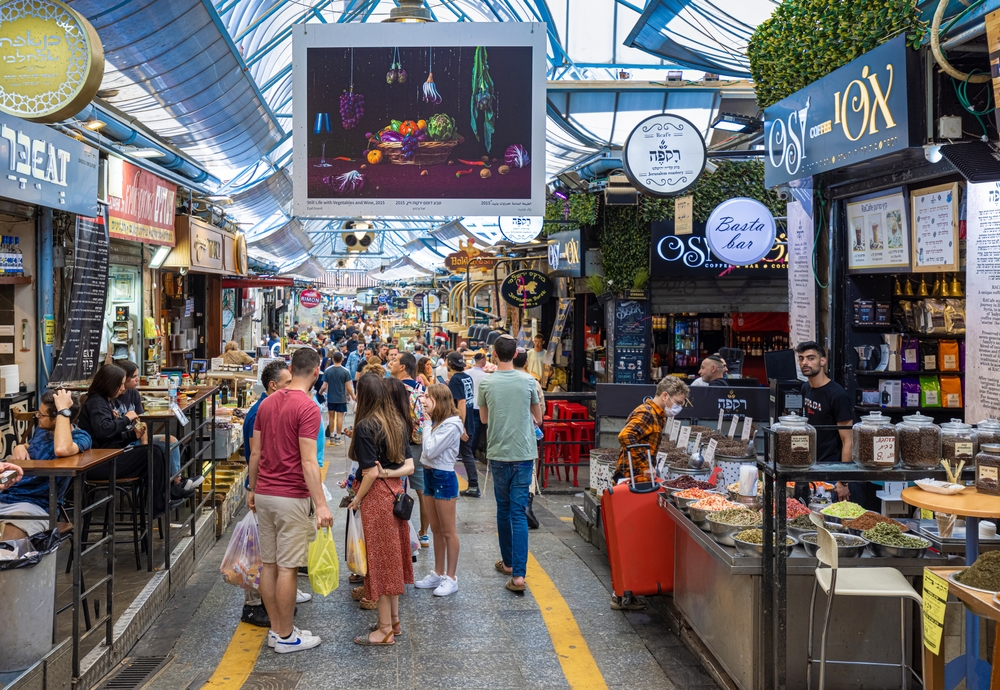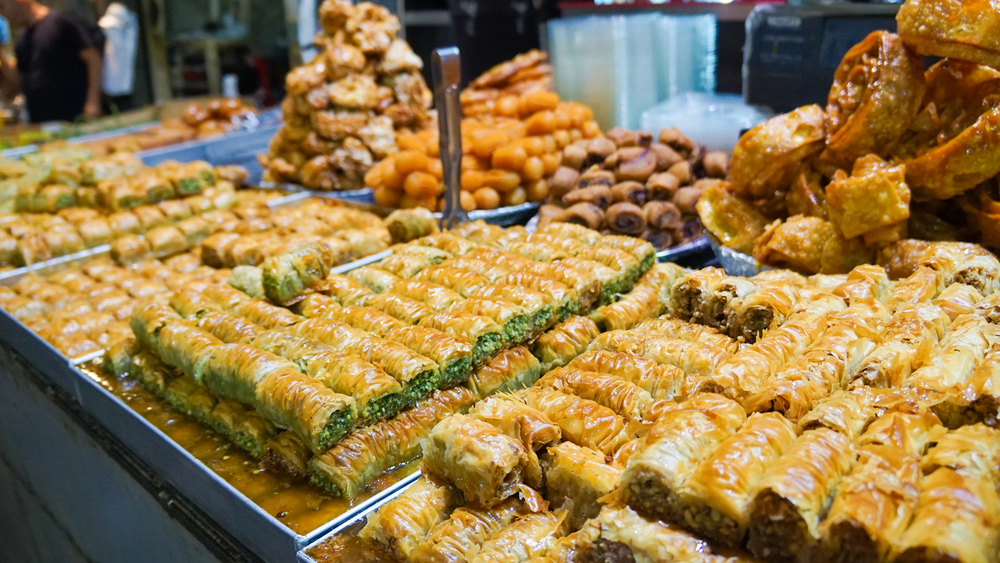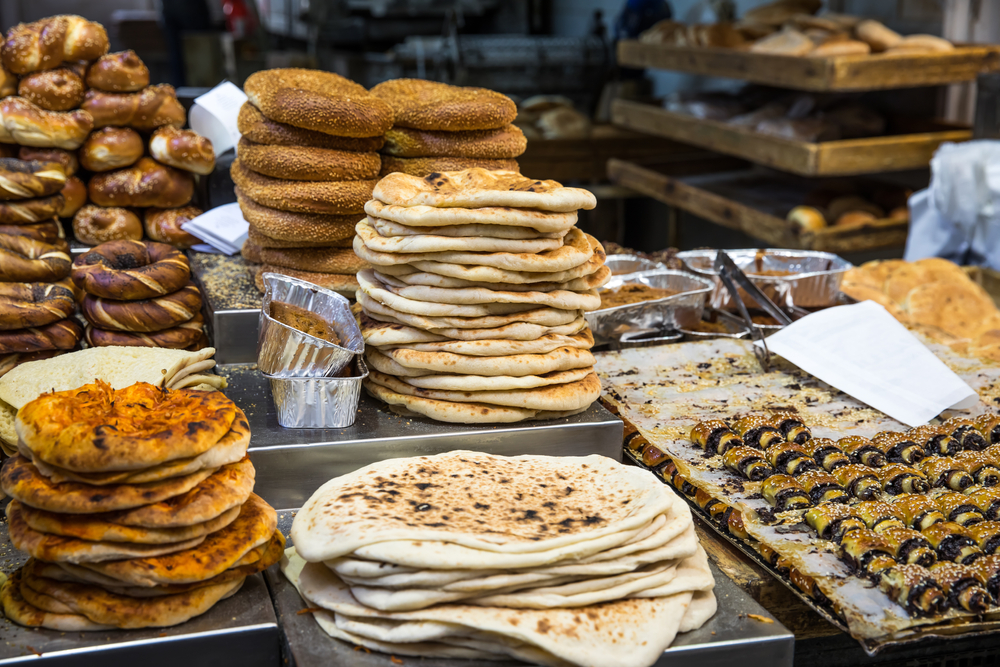Machane Yehuda Market Jerusalem: Your Essential Guide

Step into Jerusalem’s most vibrant marketplace, where ancient traditions blend with modern urban culture. Machane Yehuda Market, locally known as “The Shuk,” pulsates with energy, colors, and aromas that tell the story of Jerusalem’s diverse culinary heritage. This bustling market transforms from a fresh food haven by day to a trendy entertainment hotspot by night.
Where to Find the Market
📍 Machane Yehuda St., Jerusalem, Israel Perfectly situated in the heart of Jerusalem, the market is easily accessible by light rail (get off at Machane Yehuda station) or a 20-minute walk from the Old City. Multiple bus lines stop nearby, making it convenient for visitors from any part of the city. The market stretches between Agripas and Jaffa streets, with numerous entrances welcoming visitors from all directions.
Market Hours & Best Times to Visit
Daytime Market Experience
The market comes alive Sunday through Thursday, 8:00 AM to 7:00 PM, when vendors display their fresh produce, baked goods, and local specialties. Friday mornings are particularly vibrant as locals rush to complete their Shabbat shopping, creating an authentic but crowded atmosphere. Early mornings offer the freshest produce and a more relaxed shopping experience, while afternoons bring better deals as vendors prepare to close.

Nightlife Transformation
As the sun sets and produce stalls close, the market morphs into a trending nightlife destination. Bars and restaurants stay open until late, many featuring live music and local beer. This evening transformation reveals a completely different side of the market, popular among young locals and tourists alike. Thursday nights are particularly lively, with special events and music performances often taking place.
What Makes the Market Special
A Feast for the Senses
The market’s covered walkways overflow with colorful displays of fresh fruits, vegetables, and spices that create a rainbow of local flavors. The air fills with a symphony of vendor calls, the aroma of fresh-baked bread, and the scent of exotic spices. Each alley offers a new sensory experience, from the sweet perfume of fresh strawberries to the rich fragrance of freshly ground coffee.
Cultural Mosaic
More than just a shopping destination, Machane Yehuda represents Jerusalem’s cultural diversity. Jewish, Arab, and Armenian vendors work side by side, each contributing to the market’s unique character. The mix of traditional spice shops, modern cafes, and family-run businesses creates a living museum of Jerusalem’s culinary heritage and its evolution into a modern food scene.

Must-Try Market Experiences
Traditional Market Delights
Begin your market adventure at Uzi-Eli’s etrog juice stand, where fresh citrus concoctions promise ancient medicinal benefits. Don’t miss the legendary rugelach at Marzipan Bakery, where the chocolate variety has achieved cult status among locals and visitors alike. The Iraqi shuk section offers unique Middle Eastern spices and traditional foods rarely found elsewhere.
Contemporary Food Scene
The market’s newer establishments include acclaimed restaurants like Machneyuda, where celebrity chefs create modern interpretations of local cuisine. Beer lovers should visit Beer Bazaar to sample Israeli craft beers, while wine enthusiasts can explore the local wine scene at the Wine & Cheese Shop. Food workshops and cooking classes offer hands-on experiences with local cuisine.
Shopping Tips & Highlights
What to Buy
The market excels in fresh produce, but also offers an impressive selection of:
- Local spices and za’atar blends
- Fresh-baked challah and Middle Eastern pastries
- Israeli wines and craft beers
- Unique local candies and chocolates
- Authentic tahini and olive oil
- Traditional Jewish and Middle Eastern cookware
Bargaining Culture
While some shops have fixed prices, bargaining is still common in many market stalls. Start your negotiation at about 75% of the stated price, maintaining a friendly and respectful attitude. Morning prices tend to be higher than late afternoon, when vendors are more willing to negotiate to clear their stock.

Local’s Tips for Visitors
Navigation Essentials
The market consists of multiple alleyways, each with its own character. The main covered street runs through the center, while smaller alleys branch off with specialized offerings. Pick up a free market map at the information point, or simply wander and discover hidden gems. Many vendors now accept credit cards, but carrying some cash is recommended for smaller purchases.
Photography and Art
The market’s famous street art comes alive after hours when metal shutters display colorful murals of famous figures. Photographers will find endless inspiration in the market’s characters and colors, but always ask permission before photographing vendors or their stalls. Early morning and late afternoon light create particularly photogenic conditions.
Food Tours and Workshops
Several companies offer guided food tours, providing historical context and insider access to the market’s best spots. These tours often include tastings and meetings with vendors, offering deeper insight into the market’s culture. Cooking workshops hosted by local chefs provide hands-on experience with traditional recipes and ingredients.
Practical Information
Facilities
- Public restrooms are available near the main entrance
- Several ATMs are scattered throughout the market
- Information desk provides maps and guidance
- Storage lockers available for temporary use
- Most areas are wheelchair accessible, though some alleys may be crowded
Cultural Considerations
The market observes Shabbat, closing Friday afternoon and remaining closed on Saturday. Dress code is generally casual, but modest dress is appreciated, especially on Fridays. Some restaurants in the market are kosher, while others offer non-kosher options – check individual establishments for details.